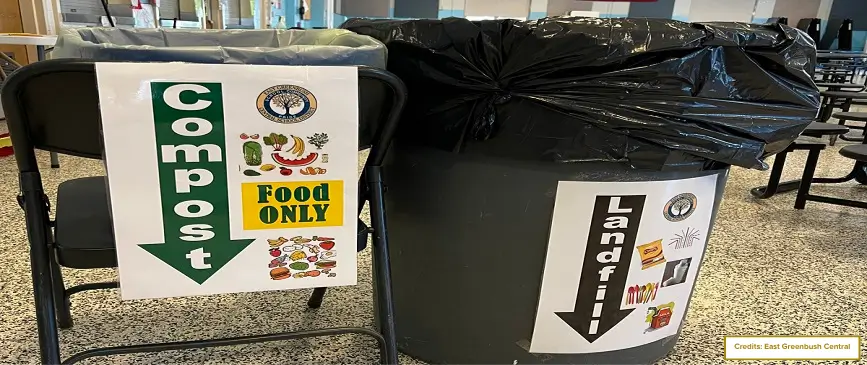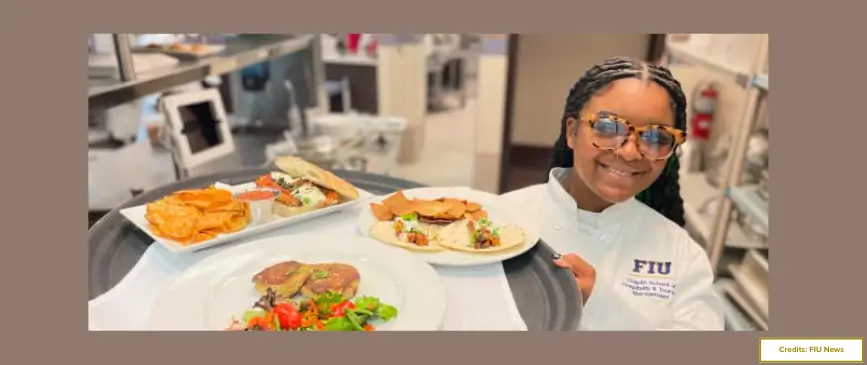Introduction
Music surrounds us—streaming in cars, setting the tone in restaurants, playing softly during yoga sessions, and energizing study playlists. So, it’s no surprise that forward-thinking educators are asking: Why not use music in school cafeterias too?
If you’re a school administrator hoping to organize your school cafeteria, a parent curious about new cafeteria strategies, or someone passionate about positive school culture, this guide is for you. We’re diving into the power of background music to reduce noise in the school cafeteria, promote better behavior, and even help students eat more mindfully.
Why Schools Are Adding Background Music to Lunchrooms?
Let’s start with a simple question: Why should music be part of the lunchroom?
Lunchtime is often the noisiest, least structured part of the school day. It’s full of energy—which is excellent—but it can also become chaotic. With hundreds of students in a confined space, high school cafeterias and elementary lunchrooms are hotbeds for overstimulation, noise overload, and behavioral hiccups.
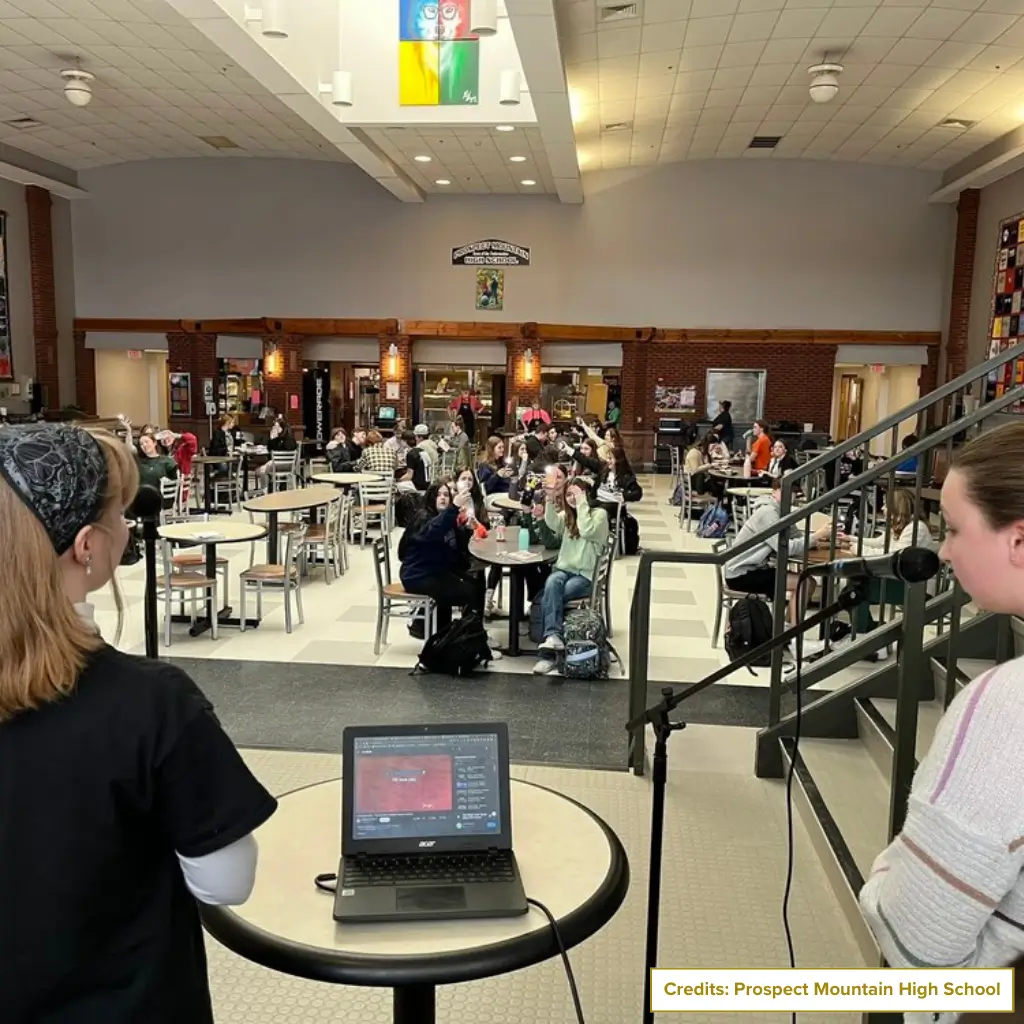
Schools have found that when chosen thoughtfully, background music serves as a quiet conductor. It guides tone, sets the pace, and subtly directs student behavior.
Some key reasons music is being adopted:
- Pacing student flow: Faster music during transitions encourages quicker turnover, while slower music helps students linger calmly.
- Noise masking: Music acts like a sponge, absorbing disruptive noise and lowering ambient stress.
- Eating behavior: Slow, melodic tunes reduce rushed eating, helping to promote healthy eating in school.
- Emotional reset: After a tough test or a hectic morning, soft music signals it’s time to relax.
- Pro-social influence: Cheerful background tracks encourage positive peer interaction and reduce conflict.
- Sensory support: For students with ADHD, anxiety, or sensory challenges, music can offer calm and structure.
How Music Affects and Reduces Cafeteria Noise and Improves Student Behavior?
Cafeterias can often hit decibel levels over 80, comparable to traffic noise. That’s not just annoying, it’s stressful. Background music helps to soften these peaks, bringing calm without silencing conversation altogether.
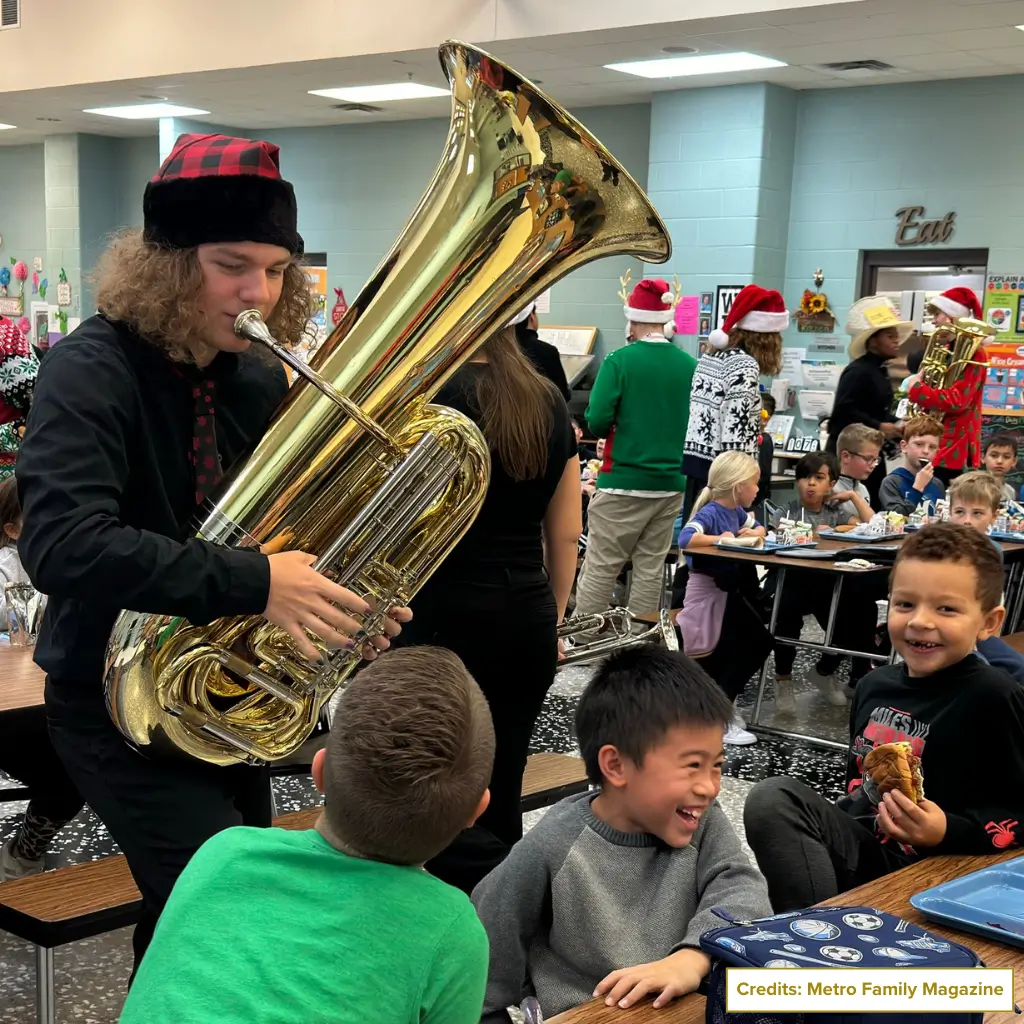
A 1999 study, Music as a Classroom Tool, and others since then have shown a direct correlation between music and improved student behavior during lunch. Here’s the impact of background music on students, the environment, and the overall cafeteria:
- Noise Levels Drop: Students naturally talk less when music plays. In Ohio, one middle school saw a 25% drop in noise complaints after adding instrumental playlists.
- Students Focus on Eating: When chatter fades, students eat less food, ending up in the trash.
- Behavioral Incidents Decline: In a Florida elementary school, incidents like shouting, line cutting, and food messes decreased with soft classical tunes playing.
- Eases Overstimulation: Students with autism or anxiety benefit significantly from the soothing consistency of background music.
- Reduces Cortisol: Persistent noise triggers stress hormones. Music lowers them.
- Establishes Routines: A change in rhythm or volume can cue students to prepare for transitions—no megaphone needed.
Music doesn’t just fill space. It serves as a behavioral guide, emotional buffer, and environmental equalizer.
Psychological Effects of Background Music in School Cafeterias
Let’s talk science. Music isn’t just pleasant, it activates and calms the brain in powerful ways. This matters especially in school settings where students face academic pressure, social anxiety, and sensory overload.
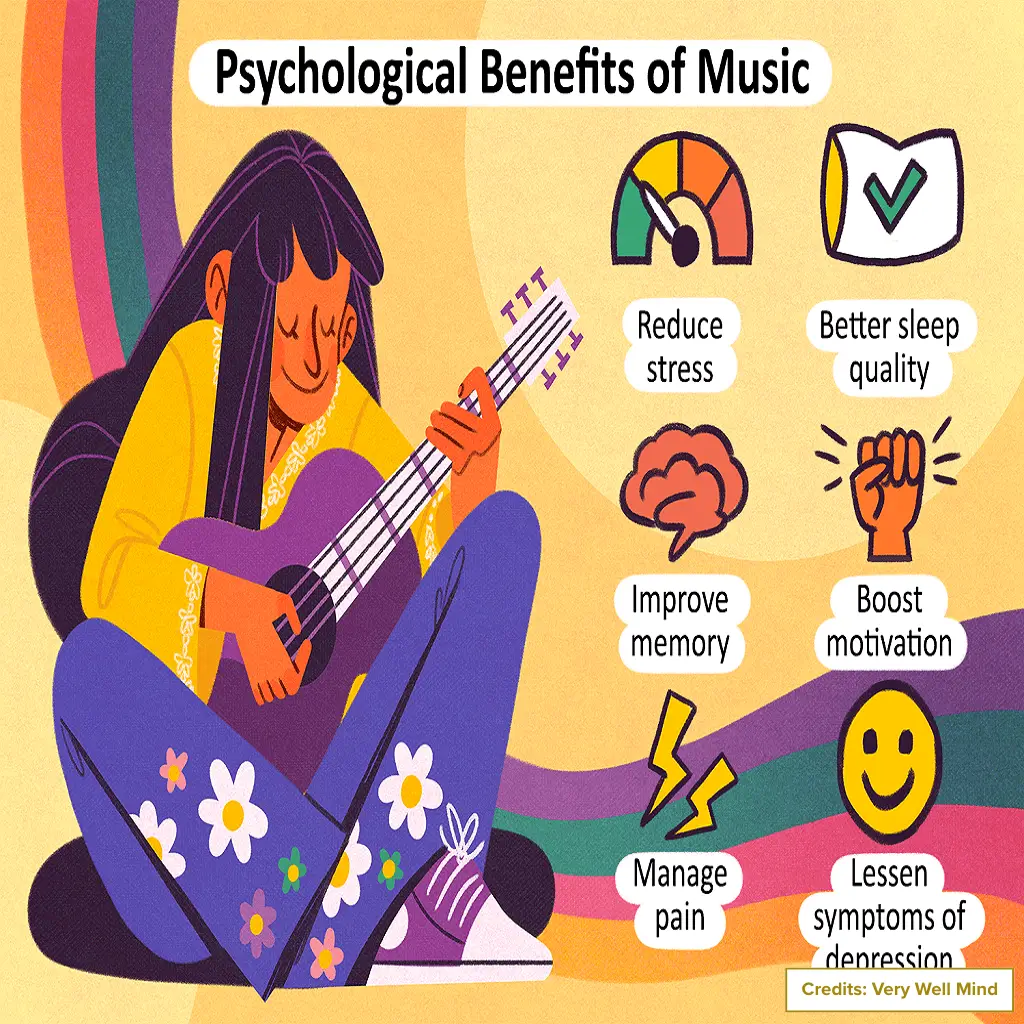
Let’s break it down:
- Reduced cortisol, increased endorphins: Melodic music lowers stress and promotes calm.
- Increased attention span: Subtle rhythmic patterns can improve focus, even during lunch.
- Mood regulation: Music activates the limbic system, soothing emotions like frustration and social discomfort.
- Enhanced abstract thinking: The “Mozart Effect” suggests classical music can temporarily improve spatial-temporal reasoning.
- Memory linking: Music connecting places or moments helps students remember later messages or experiences.
- Boosted belonging: Shared playlists foster community identity, especially when students contribute songs.
Schools that play music during breakfast or lunch often find students returning to class more settled, attentive, and ready to learn. That transition time becomes smoother, less chaotic, and more purposeful.
Success Stories: Schools That Improved Cafeteria Culture with Music
Still unsure if music is worth trying? These real-world examples speak volumes:
Greenwood Elementary, Oregon
This school added soft piano tracks to their cafeteria. Staff noticed calmer behavior and fewer interruptions. One counselor noted, “It just felt… smoother.”
Lakeside Middle School, Illinois
Faced with 700 students across multiple lunch periods, Lakeside turned to lo-fi music. Noise dropped. Behavior referrals dropped by 30%. Students even started requesting songs.
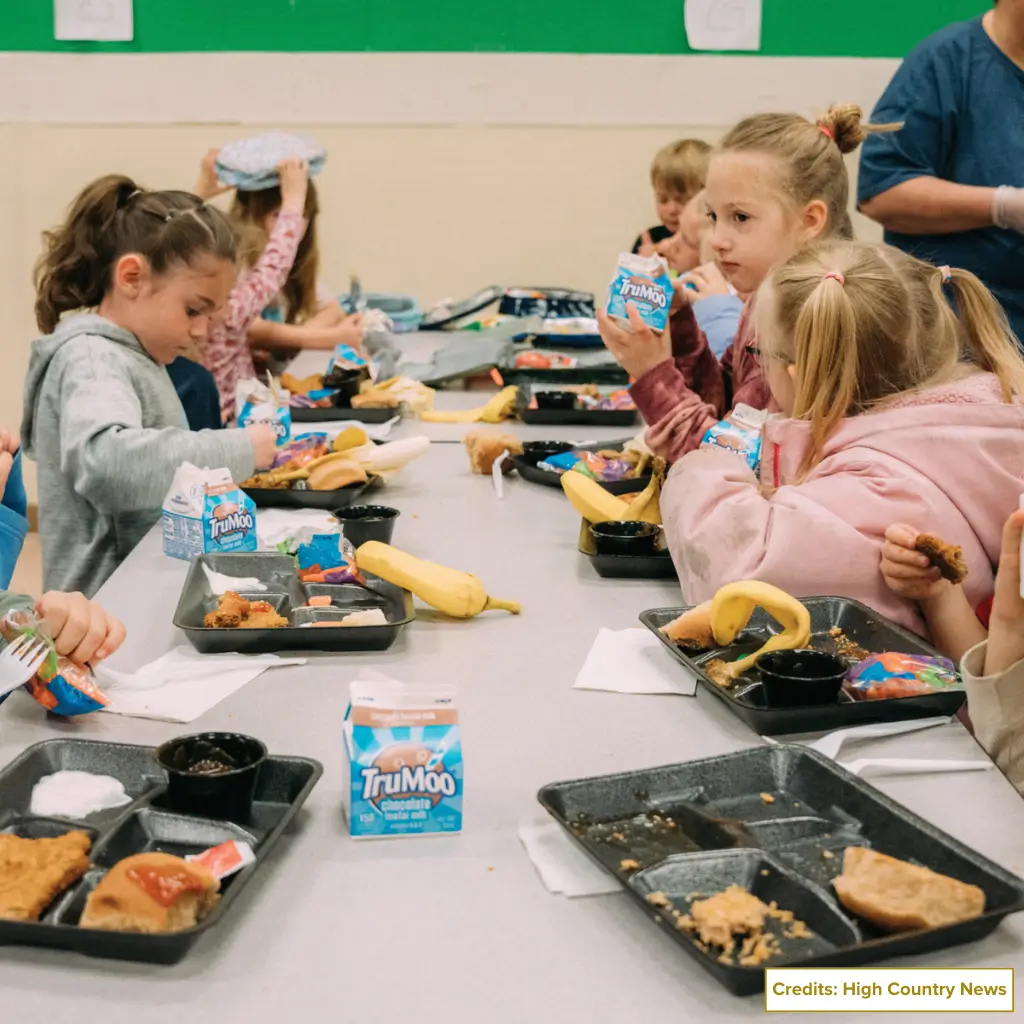
Willow Creek K–8, California
Students created rotating playlists called “Café Tracks.” Engagement rose, conflict fell, and quieter students reported feeling more comfortable during lunch.
Coldwater Canyon Avenue Elementary, California
Before music: 12 behavior incidents per month. After: just 3. Noise levels dropped by 10 decibels. Staff called the change “transformational.”
Fulton and Cobb County Schools, Georgia
These districts introduced music-only quiet time. The result? A 70% drop in behavior referrals and extended periods of silent eating. That’s real progress toward a zero-waste school cafeteria—with more food consumed and less thrown away.
Practical Tips for Starting a Music Program in Your Cafeteria
-
Assess Your Space
Every cafeteria is different. Consider room size, layout, and acoustics. A small school cafeteria may only need one speaker, while larger spaces need multiple zones.
-
Choose Your Gear
A good-quality Bluetooth speaker or ceiling-mounted system is ideal. Make sure it offers consistent coverage.
-
Pick the Right Style
Instrumental, lo-fi, classical, or soft jazz are top choices. Aim for slow tempos (~60 BPM) to support calmness. Avoid lyrics during meals.
-
Set the Volume Right
Keep it low—just enough to be heard over conversation but never intrusive. It should soothe, not startle.
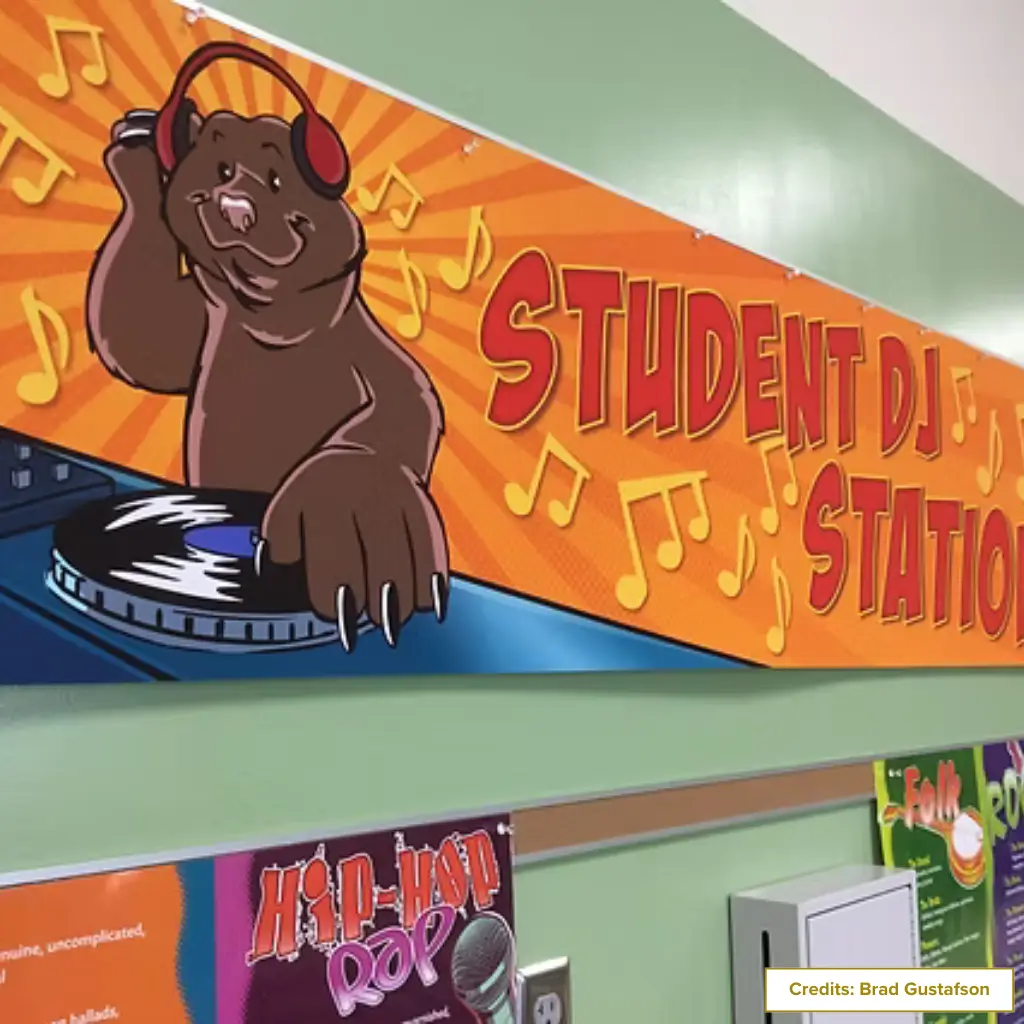
-
Curate Playlists
Pre-made Spotify playlists can help. Or create your own. Rotate the melody to match school cafeteria themes or cultural celebrations.
-
Involve the Students
Invite students to suggest songs. Feature a “Student DJ of the Week” (with staff screening). This builds connection and pride.
-
Test and Tweak
Try music at different times—start and midpoint of lunch work best. Gather feedback, adjust, and don’t be afraid to experiment.
-
Make It Meaningful
Post signs explaining the “why” behind the music. Link it to values like respect, mindfulness, and community. Especially while decorating the cafeteria for back-to-school, use this time to introduce new routines like music during meals.
Music on Special Days and Beyond the Lunch Hour
Don’t stop at lunch! Background music also enhances:
- First Day of School Lunch: Create a welcoming vibe with soft instrumentals as students enter the new year.
- Breakfast Programs: Playing music while serving breakfast in school cafeteria environments can make early mornings more manageable and inviting.
- Events & Themed Days: Match playlists with cultural events, holidays, or modern school cafeteria.
- Private School Cafeterias: Smaller environments allow curated experiences—tailor the music to reflect school identity.
The potential of music is limitless—it’s about creating an intentional space where every student feels at ease.
Final Thoughts: Is Music Right for Your Cafeteria?
The short answer? Most likely, yes. Whether you manage a school cafeteria in a bustling urban district or a quiet rural town, music has a place in your strategy.
It won’t solve every problem, but it offers a low-cost, high-impact way to make lunch periods smoother, calmer, and more joyful. Over time, it can contribute to the future of school cafeterias that are inclusive, efficient, and welcoming, where students eat well, feel safe, and connect more meaningfully.
If you’re still on the fence, remember that you don’t need a grand system. Sometimes, all it takes is a simple speaker, a thoughtful playlist, and a desire to improve.
FAQs
What kind of music works best in school cafeterias?
Instrumental music, classical pieces, soft pop, and ambient jazz are all excellent options. Avoid loud or fast-paced songs.
What if students don’t like the music?
Involve them! Create rotating playlists where students contribute songs that fit the school’s values.
Can music reduce behavior issues?
Yes. Multiple schools and studies have seen reductions in noise complaints, food waste, and lunchtime conflicts.

